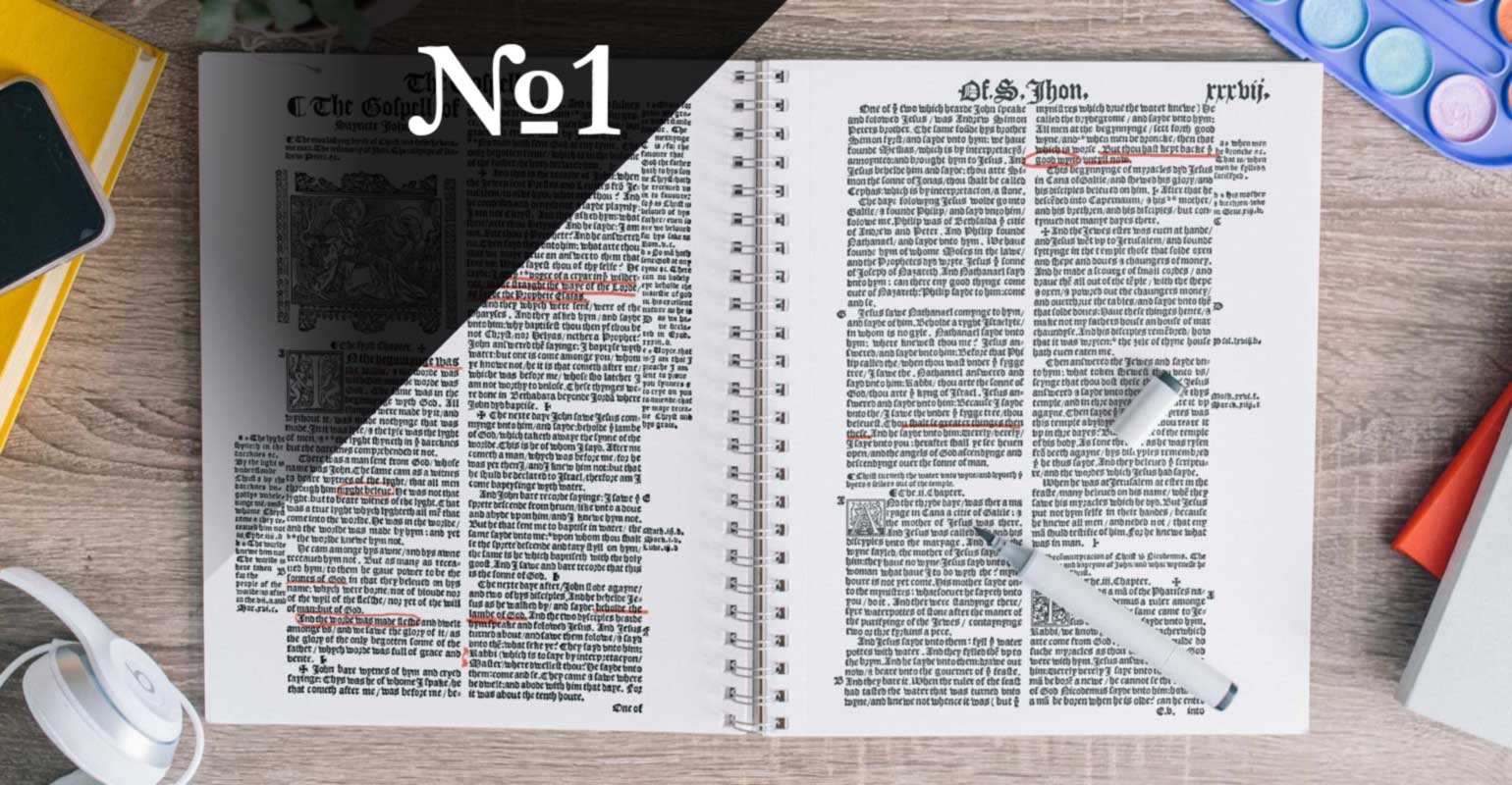Bible Changes Got My Attention
After reading the changes made to the New International Version (NIV, 2011 ed.) and hearing how Good News Publishers (i.e., Crossway) has repented of its intent to fix for all perpetuity the 2016 edition of the English Standard Version (ESV), I decided to survey changes made to all the major English versions of the Bible. I find that there are not many Bible publishers who have made it thoroughly clear and explicit what changes have been added to which editions of our Bibles and why. We should know why translators and committees feel the need to update our Bibles, and what are their justifications for changing them.
We should know why translators and committees feel the need to update our Bibles, and what are their justifications for changing them.
But other translations are not so forward with their changes. The received edition of the New King James Version (NKJV, 1982) currently in print and posted online is suspected to differ in a few places from the edition first printed in 1982, even though the later editions record a 1982 copyright. Fact is, changes were slipped into the text after 1984. Changes to the supplied italics in Matthew 2:3 revealed which text edition I had on hand: “When Herod the king heard this …” (1984 and later); “When Herod the king heard these things …” (1982). (I now currently have both editions for reference.)
Bible Doctrines Safe; Yet Changes Affect Communication
The changes in these examples do not pose any substantial threats to our cherished creeds or core doctrines, but many of us grew up memorizing the Bible a certain way, just as the Jews of Jesus’ day had grown to memorize the Torah and sections of the Psalms and the Prophets a certain way. Anytime someone quotes a familiar passage, the audience is expected to fill in the rest of scriptural context from memory in order to share his meaning. This is how Jesus can quote the beginning of a passage, like Isaiah 61 (see Luke 4:18) or Psalm 82:6 (see John 10:34), and leave his audience speechless (because they still didn’t understand him) or angry (because they took his meaning too well). When someone quotes the Bible from the version we memorized, yet it sounds different because he uses different words, such differences jar us to distraction. Changes memorized from differing editions of those Bibles which share the same acronym create communication conflicts between generations, barriers to cross before reaching mutual understanding. Though many are minor, variations interrupt us who receive the revelation by turning our ears and attention between different sounding words. This helps deliver us from our over-familiarity with traditional renderings, but it also gives extra goading to those looking for opportunity to quibble and debate over words.
I believe that it’s differences like these which make traditional Bible texts (viz., KJV/AV) so attractive, because they carry an aura of immutability. That is, an older traditional text never seems to change and therefore appears reliable, consistent, and authoritative—qualities we’d like for anything asserted to be the printed word of God.*
Bible Changes and Public Record
All this leads me to conclude that there should be some place that audits the changes to our beloved Bible versions. And that’s what I hope to offer: A collation of all changes made across each subsequent edition of each major Bible version.
As of now, I am gathering as many different digitized editions of the the Bible in English as I can muster. So far, I have all major editions of the New International Version (1973, 1978, 1984, 2011). I have the English Standard Version (text eds. 2007, 2011, 2016) but I’m missing the original 2001 text edition; I have lists of all changes made to the New Living Translation since 2004, but I would like to have digital versions of all editions from 1996 on (including 2004, 2007, 2013, 2015). I’m currently digitizing the New King James Version (1979, 1982, 1984), but I’m missing the 1980 New Testament with Psalms and Proverbs.
How You Can Help
If anyone can offer printed or especially digital editions of the Holman Christian Standard Bible (now just Christian Standard Bible; eds. 1999, 2000, 2002, 2003, and 2009), and the New American Standard Bible (1960, 1962, 1963, 1971, 1972, 1973, 1975) let me know. If anyone wants to help in the process of digitization or in acquiring digital copies, I would very much appreciate the help.
Series continues:
[* These traditional texts appear rock-solid, but even they have been altered. The King James Version (KJV) has been emended and altered in the 1611 second printing, in 1629, 1638, 1760, 1769, 1873, in the 1950s, and as late as 2005. Very few but private collectors and institutional libraries carry what can be authoritatively called the 1611 King James Bible. Most now available on the market are derivatives of Dr. Blaney’s 1769 Oxford edition, though, for a price we can get a good facsimile of an original 1611. Yet, even with these changes, so few of them over the course of such a long history, leaves the text virtually unchanged for several generations.]

Leave a Reply